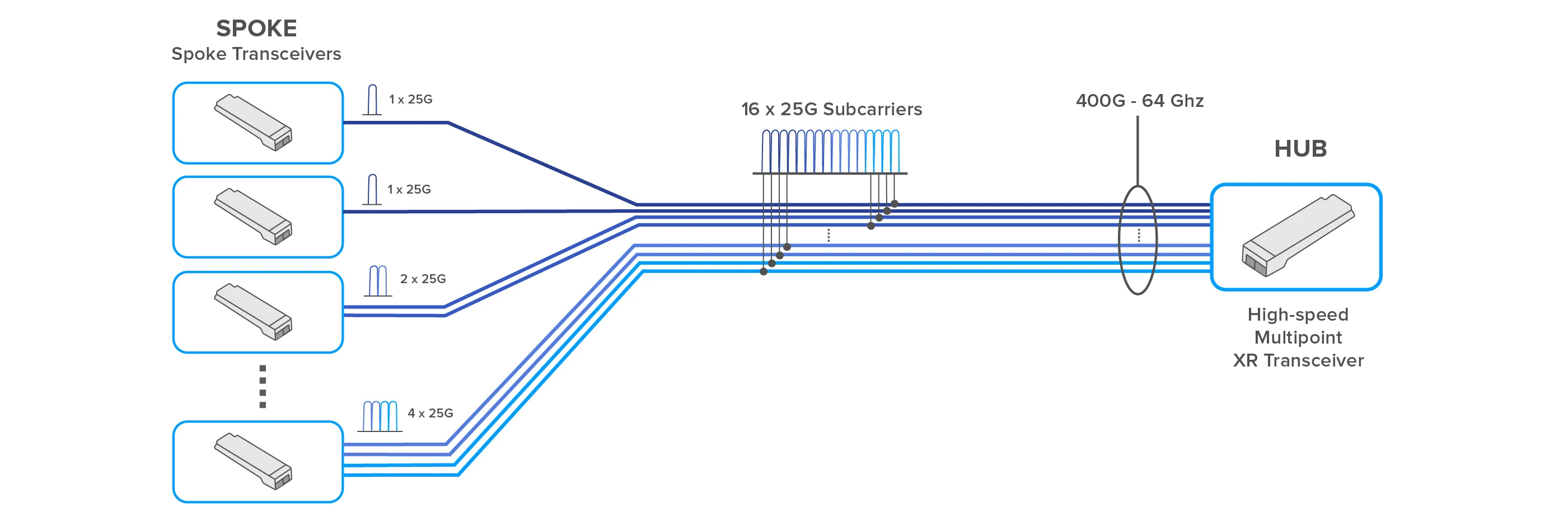Over the last few decades, the mobile industry has generally rolled out a new “G” roughly once per decade. With initial 5G rollouts now well underway, some in the industry are already looking ahead to the next G, 6G, which is anticipated to be potentially become reality around 2030. Of course, many people will say “hang on, have we really sorted out 5G already?”, and they have a very good point. While it is very interesting to start looking at 6G and for the deep research needed for future networks to start, we still have a lot to do to finish the migration to 5G.
Innovation within mobile networks is a continual process with a sequence of standards releases from the 3rd Generation Partnership Project (3GPP). The 3GPP’s series of releases has stretched from the 3G era to today, with Release 15, the first full set of 5G standards, reaching its final drop in mid-2019. This was followed by Release 16, which was frozen in mid-2020, and the team is how heavily engaged in Release 17. Each release adds further capabilities and advanced functionality to the tools available to build mobile networks. This process will continue, probably until we start to see 6G specifications.
The important takeaway from this is that any “G” is actually a series of specifications and advances in technology that forms a continuous evolution from one generation to the next. The initial 5G services that are rapidly being rolled out across the globe utilize the earliest 5G specifications, mainly using the initial non-standalone (NSA) core, which limits the service offerings to essentially higher speed 4G offerings. We don’t yet see commercial availability of the new services that 5G will ultimately deliver, such as those based around the ultra-reliable low latency communications (uRLLC) service definitions using the standalone (SA) core that was included in Release 16. These services will come over time as the functionality defined in Release 16 and beyond ripples through into new product specifications and requirements, and eventually into released products that are rolled out into networks.
It may appear to the end user that the initial 5G offerings are great in terms of speed/capacity but perhaps not yet living up to the hype around the potential range of new 5G service types. End users may also think that mobile network operators are only focused on expanding this initial phase 1 5G footprint. They won’t see that in the background, mobile operators are undertaking significant network upgrades in preparation for the second phase of advanced 5G services that will be enabled by the later 3GPP releases.
Exactly when new advanced 5G services will hit the market is hard to tell, but mobile operators are currently working hard and undertaking significant reengineering of their networks to enable them. All mobile networks are underpinned by an optical transport network that plays a critical role and requires particular focus as mobile operators prepare for these advanced phase 2 services.
Network architecture
5G requires a new xHaul architecture that I outlined in a previous article for The Fast Mode. In that article, I explained the vision of the future that optical networking vendors were working toward. That vision is now becoming a reality, with commercially available products that support this new architecture being rolled out in mobile operators’ networks. While the new xHaul architecture is needed as 5G evolves, it isn’t specifically needed for those first eMBB-based phase 1 5G services. Many mobile operators initially placed all the required 5G radio processing devices, the centralized unit (CU), distributed unit (DU), and radio unit (RU), alongside the existing 4G infrastructure at the cell site for simplicity of initial rollout. Operators are now building xHaul-ready optical transport networks that support advanced xHaul functionality, such as Time-Sensitive Networking (TSN), so that they can seamlessly migrate their radio infrastructure in the near future as their overall architecture evolves. TSN enables a transport network to prioritize latency-sensitive traffic using a mechanism called pre-emption to ensure a fronthaul network can have the best possible latency performance for low-latency traffic.
Open networks
Across both the DWDM transport layer and the IP routing layer within the optical transport network, mobile operators are also looking at new “open” architectures to address network economics and to speed up innovation. A good example of this trend is the Disaggregated Cell Site Gateway (DCSG) initiative led by the Telecom Infra Project (TIP). The DCSG approach splits the traditional cell site gateway router into open software and open white box hardware, creating a nimbler and more innovative marketplace. TIP DCSG-based rollouts have now started in many networks, which is an important validation step along the road to more open transport networks.

Figure 1: Point-to-Multipoint Optics in Action
Network capacity
5G will drive significant bandwidth growth in mobile networks, with ever more bandwidth-intensive services hitting a broader range of connected devices. This is a challenge that the optical networking world is well used to as capacity in all networks has been growing exponentially for decades. 5G and the move to fronthaul within the xHaul architecture significantly drive up the bandwidth demands within the optical transport network.
Most operators are now looking at delivering 10G to the tower, but many are also starting to evaluate the next step, when potentially multiples of 25G to each cell tower will be required. This requires a step up in capacity throughout the network, and one approach being evaluated to address this is a new point-to-multipoint optics architecture. Point-to-multipoint optics break down the traditional point-to-point optics architecture, where the same speed laser is used at each end of the connection. In this new approach, a single higher-speed optic, e.g., a 400G optic, connects with multiple lower-speed multi-rate optics that can support 25-100G connections in 25G increments, as shown in Figure 1. This technology is still under development, but early studies with mobile operators show that it has the potential to greatly cost-reduce and simplify mobile transport networks to enable the capacity and economics needed for future 5G services.
Enabling future phase 2 5G services
Beyond architecture and capacity, network operators are also considering how to address other factors needed to enable the transport of future 5G services, such as lower latency and meeting the synchronization performance improvements needed to support the newer techniques that will be used in the radio access network. Overall, while the public might only see initial 5G services as higher-speed versions of existing 4G services, a lot is happening in the background to pave the way for newer 5G services that have sometimes been overhyped in the build-up to the 5G era. All aspects of the mobile network will need adaptation to support these new services. Optical networks play a key role in delivering the capabilities and performance required to enable these services, and networking vendors are stepping up to the challenge of delivering the new capabilities, architectures, and performance that will be required.




















